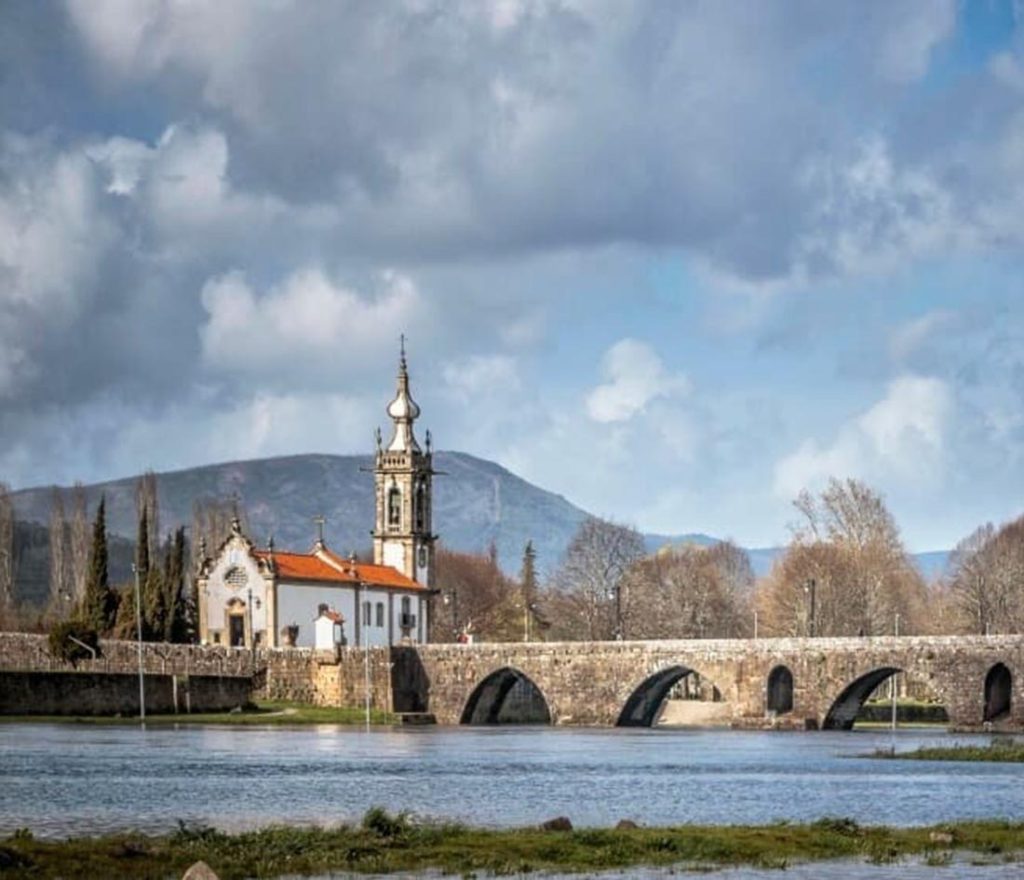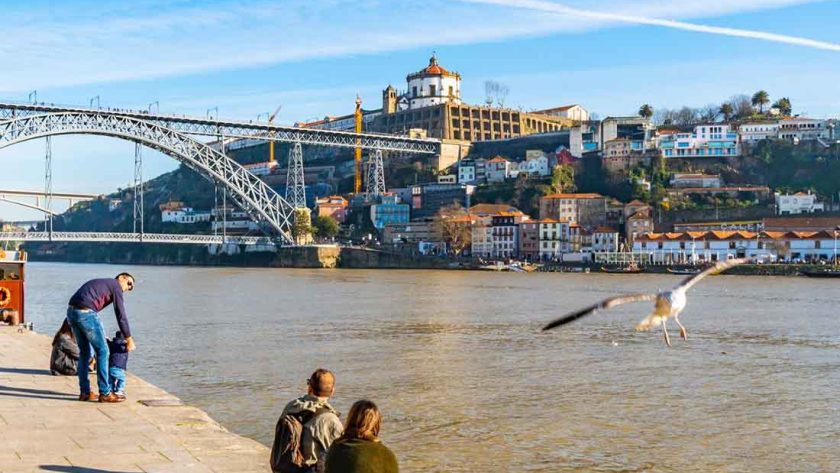Porto, Portugal’s second-largest city, is renowned for its historic architecture, vibrant culture, and of course, its world-famous port wine. Its cobblestone streets, colorful houses, and the scenic Douro River make it an attractive destination for travelers from around the globe. However, like any popular tourist destination, Porto requires a degree of vigilance to ensure your trip is safe, smooth, and enjoyable. This guide will cover all aspects of travel safety, from personal security and transportation to health tips, scams to avoid, and practical travel gear recommendations.
While Porto is generally considered safe for tourists, it’s important to remain aware of your surroundings and take standard precautions.
a. Avoid Risky Areas at Night
The central areas of Porto, including Ribeira, Avenida dos Aliados, and Boavista, are usually bustling and safe, even after dark. However, some less-frequented streets in neighborhoods like Campanhã or Paranhos can be quieter at night. Avoid walking alone in poorly lit areas and stick to well-populated streets.
b. Keep Your Valuables Secure
Pickpocketing can occur in crowded areas such as tourist attractions, public transport, and markets. Always keep your wallet, phone, and passport in a secure, hard-to-reach pocket. Consider using a money belt or a crossbody bag with a zipper. Don’t leave belongings unattended in cafés, public transport, or parks.
c. Be Mindful of Crowds
Popular areas like Livraria Lello, São Bento Station, and Dom Luís I Bridge attract large crowds. Be cautious of your surroundings and avoid engaging with overly friendly strangers asking for directions or signatures—they could be distractions for pickpockets.

d. Emergency Contacts
Familiarize yourself with local emergency numbers: the general emergency number in Portugal is 112. Police stations are present throughout the city, and hotel staff are usually helpful in guiding you to local authorities if needed.
2. Transportation Safety
Porto has an efficient public transportation system, including metro, buses, trams, and taxis. Being mindful of safety while using these services ensures a stress-free experience.
a. Public Transport Tips
- Metro and Trains: Porto’s metro is generally safe, but be alert in crowded conditions. Keep personal items close and avoid showing large amounts of cash.
- Buses and Trams: While buses and trams are reliable, always wait at designated stops, especially after dark. Avoid isolated stops and opt for seats near the driver.
b. Taxis and Rideshares
- Always use licensed taxis with visible identification or reputable rideshare apps like Uber or Bolt. Avoid accepting rides from unofficial drivers who approach you directly on the street.
- Confirm the fare or use the app for transparent pricing. Some taxi drivers may try to overcharge tourists unfamiliar with local rates.
c. Walking Safety
Porto is a walkable city, but cobblestone streets can be slippery, particularly in rainy weather. Wear comfortable shoes with good grip, especially if you plan to explore areas like Ribeira or climb the steep streets of the historic center.
d. Cycling and E-scooters
Porto offers bike rentals and e-scooter services, which are convenient for short trips. Always wear a helmet and observe local traffic rules. Stick to bike lanes when available, and avoid busy roads during peak hours.
3. Accommodation Safety
Choosing the right place to stay can significantly impact your safety and comfort.
a. Hotel Security
- Opt for reputable hotels, hostels, or apartments with positive reviews. Look for properties with 24-hour reception, security cameras, and in-room safes.
- Verify the neighborhood’s safety before booking. Central areas like Cedofeita, Baixa, and Ribeira are generally safe and convenient for sightseeing.
b. Short-Term Rentals
- If booking through platforms like Airbnb, read reviews carefully. Confirm the property’s security features, including locks, lighting, and accessibility.
- Avoid sharing too much personal information with hosts and always meet in secure public spaces if a physical handover is required.
c. Hotel Room Precautions
- Always lock your room door, even if you’re stepping out briefly. Use additional security measures, such as door wedges, if available.
- Don’t leave valuables in plain sight. Use the in-room safe for passports, electronics, and cash.
4. Health and Hygiene Safety
Maintaining good health while traveling is crucial to enjoying your trip.
a. Drinking Water
Tap water in Porto is generally safe to drink, but if you have a sensitive stomach, bottled water may be preferable. Always check that bottles are sealed before purchase.
b. Food Safety
- Porto’s restaurants are mostly clean and reliable, but street food vendors should be chosen carefully. Look for stalls with high turnover and hygienic practices.
- Wash your hands before eating, especially after sightseeing or public transport.
c. Medical Services
- Porto has modern hospitals and clinics, such as Hospital de Santo António and CUF Porto. For minor illnesses or injuries, local pharmacies (“farmácias”) can provide over-the-counter medication and advice.
- Travel insurance is highly recommended to cover medical emergencies, theft, or unexpected trip changes.
d. Seasonal Illnesses
Even though Porto experiences a mild climate, winter months can bring cooler temperatures and rain. Dress in layers and bring waterproof jackets. Cold and wet conditions can lead to flu or colds, so carry basic medications and hand sanitizer.
5. Common Scams and Tourist Traps
Being aware of local scams helps you avoid financial loss and unpleasant experiences.
a. Pickpocketing
- As mentioned, crowded tourist spots are the main areas for pickpocketing. Keep your bag in front of you and be cautious of distractions, such as someone bumping into you or asking for help.
b. Fake Charity Collectors
- Some individuals may approach tourists claiming to collect donations for local causes. Politely decline and avoid handing over cash unless you’re certain of the organization’s legitimacy.
c. Overpriced Services
- Certain boat tours, souvenir shops, and taxi drivers may charge tourists higher rates. Always check prices in advance, compare online, and confirm costs before committing.
d. Restaurant Tricks
- Some restaurants near tourist hotspots may list inflated prices or add hidden service charges. Always check the menu, ask for a bill breakdown, and look for eateries frequented by locals for authentic pricing.
6. Technology and Digital Safety
In today’s connected world, protecting your digital security while traveling is essential.
a. Public Wi-Fi
- Free Wi-Fi is common in cafés, hotels, and public spaces, but it can be insecure. Avoid logging into banking accounts or making payments over unsecured networks.
- Use a VPN for added protection when accessing sensitive information.
b. Phone and Device Security
- Keep your phone and electronics in a secure pocket or bag. Consider a lightweight anti-theft backpack for added protection.
- Backup important documents and photos online or on cloud storage in case your device is lost or stolen.
c. Maps and Navigation Apps
- Offline maps from Google Maps or Maps.me can help if mobile data is limited. Always share your location with a trusted friend or family member when exploring unfamiliar areas.
7. Travel Gear Recommendations
Having the right gear can improve your safety and comfort while exploring Porto.
a. Personal Safety Items
- Money belt or anti-theft crossbody bag
- Door wedge or portable lock for accommodation
- Lightweight rain jacket and umbrella
b. Health Essentials
- Hand sanitizer and disinfecting wipes
- Travel-size first aid kit
- Prescription medications and over-the-counter remedies
c. Navigation and Communication
- Portable charger for your phone
- SIM card with data or international roaming plan
- Offline map apps for navigation
8. Outdoor and Activity Safety
Porto’s charm is often found outdoors—along rivers, hills, and historical streets—but certain precautions are necessary.
a. Douro River Cruises
- Stick to licensed operators and lifejacket provisions. Avoid overcrowded or unofficial boats.
- Check weather conditions before departure, as high winds or heavy rain can affect safety.
b. Hiking and Walking Tours
- If exploring the hills around Porto, wear proper shoes and take water. Avoid hiking alone in less populated areas.
- Pay attention to signage and local advice when visiting natural or offbeat areas.

c. Beaches and Water Activities
- Northern beaches near Porto can have strong currents. Swim only in designated areas and follow lifeguard instructions.
- Be cautious with surf or water sports rentals—ensure equipment is in good condition and instructors are certified.
9. Cultural and Local Etiquette
Understanding local norms can prevent misunderstandings or unwanted attention.
a. Respectful Dress and Behavior
- Porto is relatively casual, but modest attire is appreciated in churches and religious sites.
- Avoid loud or disruptive behavior in public spaces, especially in residential areas.
b. Interacting with Locals
- Portuguese people are friendly and helpful, but politeness goes a long way. Use “por favor” (please) and “obrigado/obrigada” (thank you) when interacting.
c. Traffic Awareness
- Pedestrian rules are generally respected, but watch for bicycles and scooters on sidewalks. Cross streets at designated crossings.
10. Planning and Travel Insurance
Preparation is the cornerstone of safe travel.
a. Trip Planning
- Make an itinerary that balances sightseeing with rest. Include emergency contacts, local embassy info, and transportation details.
- Book accommodations and tours in advance to avoid last-minute stress or scams.
b. Travel Insurance
- A comprehensive travel insurance policy should cover medical emergencies, theft, lost luggage, and trip cancellations.
- Keep a copy of your insurance documents, either printed or digital, accessible at all times.
Traveling to Porto can be an unforgettable experience if approached with awareness and preparation. While the city is generally safe and welcoming, staying vigilant, following practical safety measures, and respecting local norms will ensure a smooth journey. From securing personal belongings and choosing safe transportation to maintaining health and avoiding scams, each precaution contributes to a worry-free trip.
Armed with these tips, you can enjoy Porto’s historic charm, scenic river views, vibrant culinary scene, and cultural treasures with confidence and peace of mind. With careful planning and mindfulness, Porto can be explored safely, allowing you to focus on the experiences that make this city truly special.



